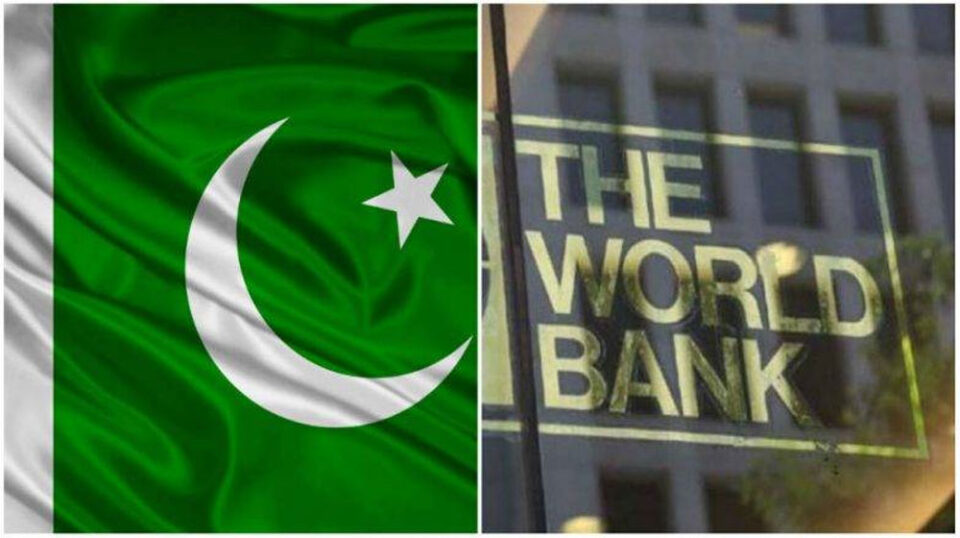World Bank Warns of Pakistan’s Vulnerability to Natural Disasters and Infrastructure Gaps
Pakistan remains highly vulnerable to natural disasters, including earthquakes, floods, landslides, and water scarcity, posing serious challenges to its infrastructure and rural communities, according to a recent World Bank report.
Titled “Evidence-based Targeting of Infrastructure Investments: A Model for Accessibility to Services in Pakistan’s Rural Communities,” the report ranks Pakistan as the fifth most affected country by extreme weather events linked to climate change.
Key Findings:
-
Outdated Road Maintenance: Pakistan’s road budgets are often based on visual inspections, a subjective method vulnerable to political influence. Limited toll and RoW revenues have left road agencies dependent on shrinking public-sector funds.
-
Flood Risks: The 2022 floods submerged one-third of the country, affecting 33 million people, displacing 8 million, destroying 2.2 million houses, and damaging 13,000 km of roads. Recovery efforts highlighted the need for strategic, multi-sectoral infrastructure planning.
-
Overreliance on Road Transport: Road transport handles 95% of passenger and freight traffic, straining provincial road networks and highlighting the need for modern maintenance practices and asset management.
-
Rural Accessibility Challenges: Rural communities, making up 62% of Pakistan’s population, face limited access to schools, healthcare, and markets due to poor road conditions and challenging terrain.
Recommendations:
-
Evidence-Based Investments: Targeted infrastructure development can connect marginalized communities to essential services and economic opportunities.
-
Climate-Resilient Design: Modern engineering standards and resilient construction are critical to withstand natural hazards.
-
Strategic Budgeting: Provinces should allocate adequate funds for both maintenance and network expansion to prevent further deterioration.
The report emphasizes that strategic and comprehensive infrastructure planning is vital to reduce vulnerability, bridge service gaps, and improve development outcomes for Pakistan’s rural population.

